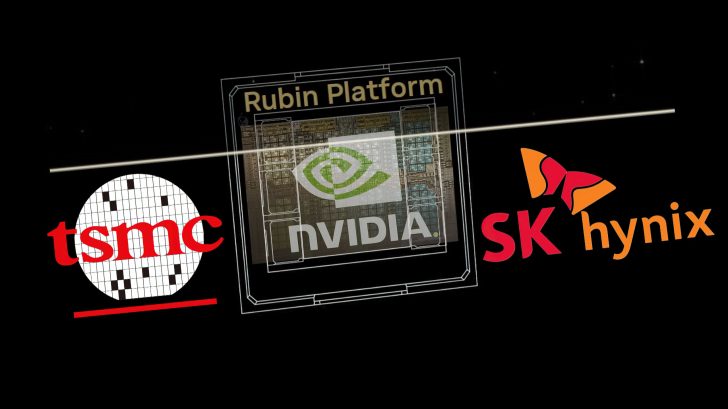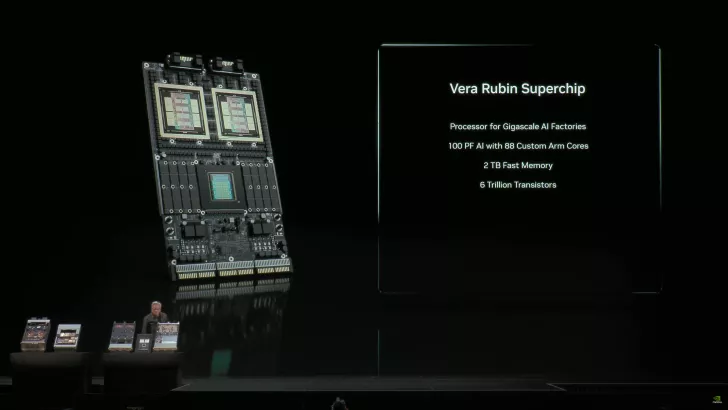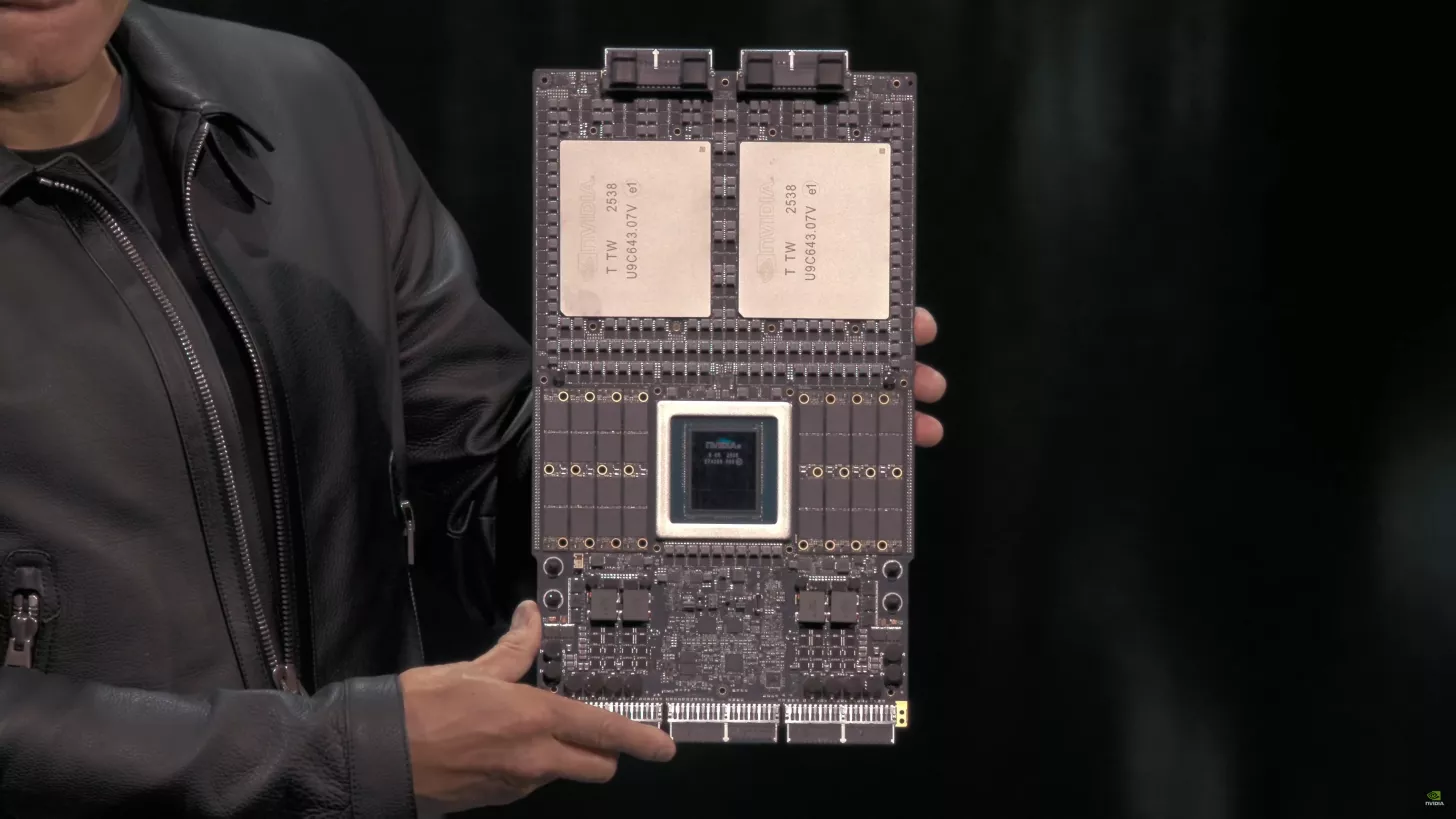NVIDIA is gearing up for a technological breakthrough with the production of its next-generation Rubin GPUs, while simultaneously securing HBM4 memory samples from major suppliers. This development places NVIDIA at the forefront of AI solutions anticipated for 2026.
The Emergence of NVIDIA’s Rubin GPUs
Just weeks ago, NVIDIA’s CEO, Jensen Huang, introduced the Vera Rubin Superchip during GTC 2025 in Washington. This superchip, characterized by two large GPUs, the Vera CPU, and abundant LPDDR memory, sets the stage for the next era of AI in data centers. Reports suggest promising news about its production timeline.
Sources indicate that during Jensen Huang’s recent visit to Taiwan and TSMC, it was revealed that the Rubin GPU is advancing onto the production line. This swift transition from lab testing to production is indeed noteworthy.

NVIDIA is not only pushing forward with Rubin production but also addressing the demand for its current-gen Blackwell and Blackwell Ultra GPUs, compelling TSMC to increase its 3nm production by 50% to meet these needs.
TSMC’s Strategic Response to NVIDIA’s Demand
TSMC’s President, C.C. Wei, acknowledged NVIDIA’s request for more wafers and chips, though the exact quantity remains undisclosed. The demand surge for Blackwell GPUs suggests substantial orders, indicating NVIDIA’s aggressive push in the market.

Future Prospects and Industry Impact
In addition to the Rubin GPU development, NVIDIA has acquired the next-gen HBM4 memory samples from multiple producers, signaling an inclusive approach to avoid potential shortages. The Rubin GPUs are slated for mass production by Q3 2026, potentially even earlier. The Rubin line has already garnered attention through a $100 billion partnership with OpenAI, aiming to revolutionize their data centers with next-gen accelerators.
